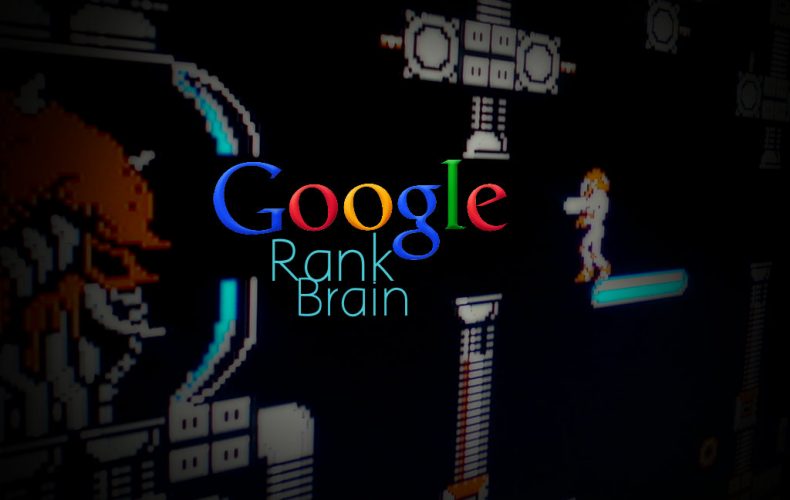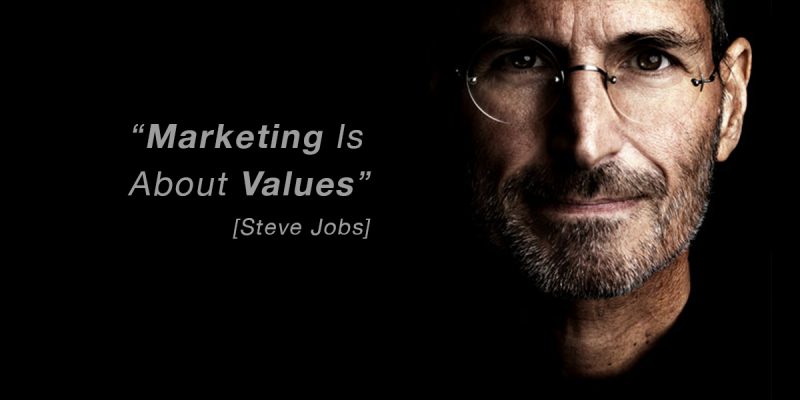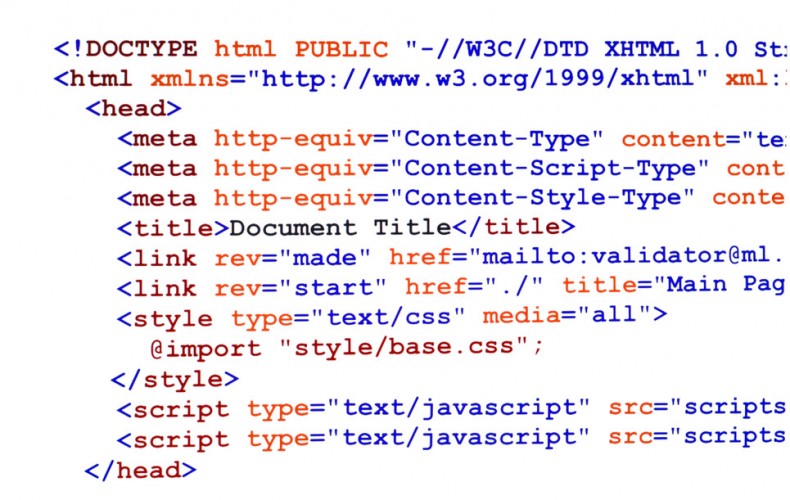Nearly everyone that has a website or manages one, is familiar with the term Search Engine Optimization or SEO for short. But do they really know what it is? Many have told me a very similar answer: “you add a bunch of keywords to your website and then you rank #1 for them.” While in part this is true, it is a very inaccurate statement. It might work if I was some kind of sorcerer with an SEO spell but so far, it doesn’t work. In fact, adding too many of the same keywords can actually make your web rank go down, not up. So where is the line and what is the secret to good SEO?
That line is blurred and undefined. In reality, Google uses over 200 different factors to determine where your website ranks amongst your competitors. Those factors are defined by an algorithm that searches the Google database and returns search results related to the keyword query. The problem is that no one except for Google really knows how it works. To make it more challenging, Google changes the algorithm quite often. Sometimes the changes are minor, sometimes it is a complete rewrite. This leads to an ever changing environment that keeps SEO specialists on their toes.
In April of 2012, Google released an algorithm update code named Penguin (they love naming them after cute furry animals). Penguin was by no means cute to many webmasters and SEO professionals. It’s target was to seek out and penalize any websites that were manipulating the search results with SEO. Many of these websites lost as much as 90% of their traffic and never regained it. Many webmasters had to start from scratch and rebuild, some went out of business.
While many sites were devastated, Google did layout some basic ground rules as how to build websites and perform SEO in the future which still hold true today. Our secret lies within these rules.
Lessons from Penguin: Quality Content and User Experience
Like many businesses, the ones who offer the best product, most often succeed. This is no different for Google. Google’s business model is to serve the best quality web search results. To get the best results, they expanded the algorithm to include a more 3 dimensional approach focusing on the website experience and the content presented to users, not just keywords within a page. They updated the algorithm to predict which websites have the most user satisfaction. It’s layout, quality of copy, images and video.
But how can Google tell if the website provides a positive user experience? Afterall, Googlebot is nothing more than a computer program. How can it see what is on the page and tell what people think of it?
Metrics.
Google Analytics offers detailed data about visitors and their behavior on your website. Many webmasters are already familiar with this. A Google Analytics dashboard provides insight on not just what your visitors are doing on your website but can help the savvy webmaster draw conclusions on how Google uses this data. Google monitors visitor behavior on your website regardless of if you have Google Analytics or not. They use this data to help determine the user’s experience and factor that in to where you might rank in the search results. But this doesn’t provide all of the information Google needs to offer an accurate ranking for specific keywords.
It still needs SEO. The user may have a pleasant experience on your website with thoughtful well written copy and beautiful professional imagery but Google still needs to know why the visitor is there in the first place and what makes the experience pleasant.
Why does your website appeal to users that find with a certain string of keywords? It all lies in SEO. Like image alt tags that tell Google what the image on your website is of. The page title and headlines that inform the user where content they desire is located. The page URL and meta data offering key indicators to the search engine on who a specific page might appeal to and how that page should be handled by external factors (ie: og tag for social media).. Oh yeah, and about another 194 other different factors.
Data Science, Artform and Sorcery?
My exposure to SEO began around 2008 as I built a nationally ranked auto parts website generating 60,000-80,000 visitors a month and then on to run a digital marketing agency for the better half of the last decade. Since then I have seen many changes in the field of Search Engine Optimization giving me an evolved knowledge. With this deeper knowledge I have come to learn the secret to successful SEO.
SEO is not data science and it is not an artform but both. It is a blend of using what we already know in the form of metrics and data analysis but also quite a bit of creativity. Developing good content, well structured websites is important but it also takes a little guesswork trying to predict what will work since Google doesn’t really give us all the answers. There is no real handbook or teacher or school. If anything, it is a lot of intuition and possibly a little bit of sorcery.













